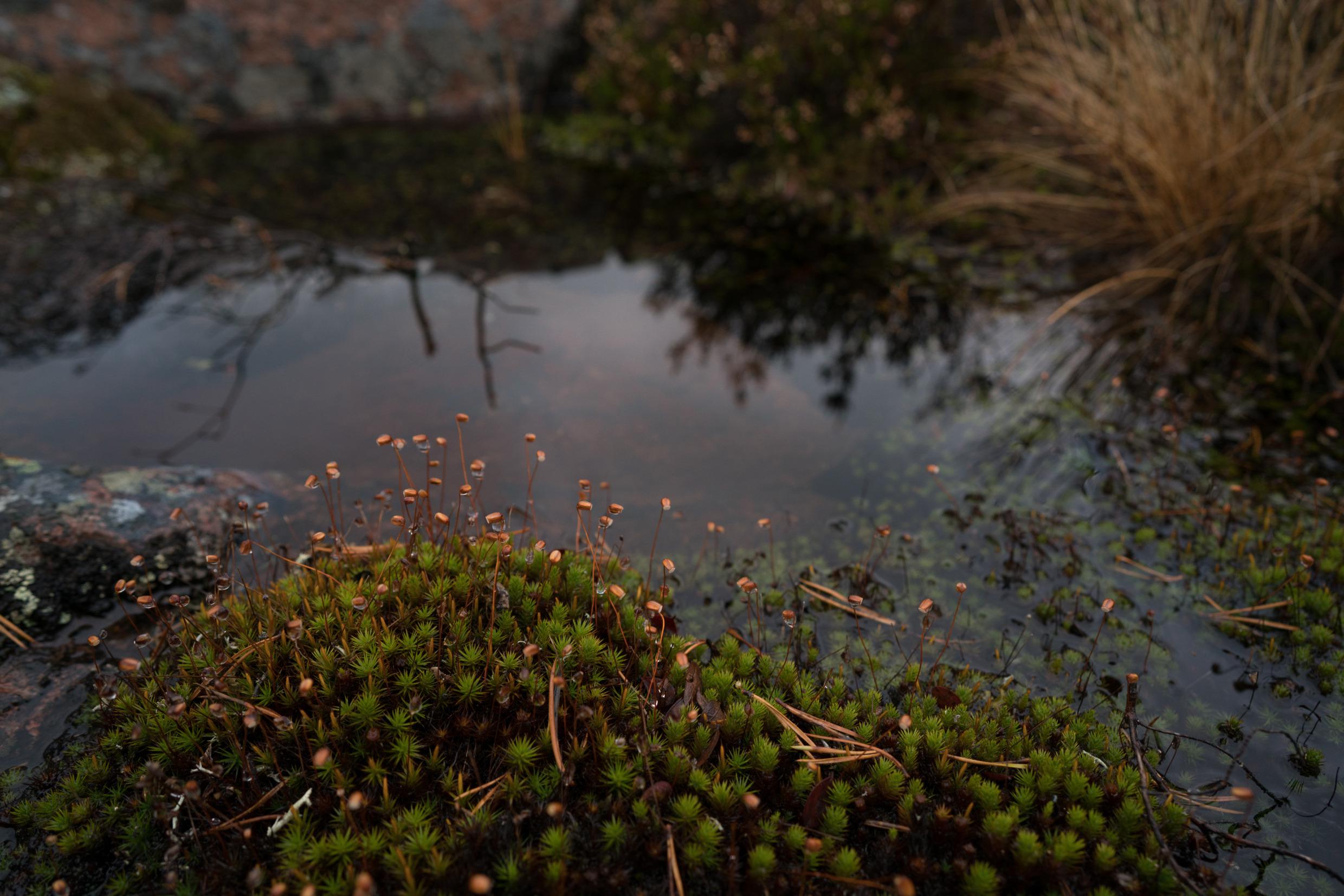
Discover the wild beauty of Swedish national parks
Sweden’s 30 national parks cover nearly 7,000 km² – almost 2% of the total country area – and feature wildflower meadows, snow-capped mountains, sandy beaches and lush green forests.

Sweden’s 30 national parks cover nearly 7,000 km² – almost 2% of the total country area – and feature wildflower meadows, snow-capped mountains, sandy beaches and lush green forests.
Nature plays a large role in the Swedish lifestyle. No matter where you are in Sweden, pristine green spaces are never far away. So, it’s not surprising that in 1909, it was the first country in Europe to establish a system of national parks. Nine parks were designated in that first year alone. Currently, Sweden has 30 national parks, all of which are open to the public free of charge. Many feature a Naturum visitors’ centre, with information about the park’s history and nature as well as guided walks and exhibitions, to help you get the most out of your visit.
In the far north of Sweden, you’ll find the region known as Laponia. A UNESCO World Heritage Site, Laponia is home to four Swedish national parks with snow-covered mountains, valleys rich in vegetation and unique wildlife. One of the most popular is Abisko National Park. Snowshoeing, dog sledding, and the chance to learn about the reindeer-herding culture of the indigenous Sami people make Abisko the perfect place to experience the magic of arctic Sweden. Located 200 km above the arctic circle, this is arguably one of the best places in the world to see the Northern Lights. Reaching the natural park is easy from nearby Kiruna, taking just over an hour by car or bus.
Sarek, Padjelanta and Stora Sjöfallet national parks form a triangle near the Norwegian border some 100 km south of Abisko. Sarek is one of Sweden’s most inaccessible national parks, only reachable by foot or on skis. However, the scenic journey is worthwhile, allowing you to explore one of Europe’s last true wilderness areas. Keep an eye out for wildlife such as elk, lynx, wolverine and the endangered Arctic fox. Padjelanta is Sweden’s largest national park, covering almost 2,000 km². It offers unforgettable views of the Sarek mountains and fields covered in wildflowers once the winter frost thaws. And Stora Sjöfallet (also known as Stuor Muorkke) is home to the Akka massif, a ruggedly beautiful mountain range known as ‘The Queen of Lapland’.
While these parks offer some of Scandinavia’s most stunning winter scenery, they are worthy of a visit all year round, with the midnight sun shining 24 hours a day during the height of summer.
Abisko in Swedish Lapland is considered one of the best places in the world for seeing the Northern Lights.
Photo: Ted Logart/Swedish Lapland

Photo: Ted Logart/Swedish Lapland

Photo: Gösta Reiland/imagebank.sweden.se

Photo: Gösta Reiland/imagebank.sweden.se

Photo: Fredrik Schlyter/imagebank.sweden.se

Photo: Hans-Olof Utsi/imagebank.sweden.se

Photo: Hans-Olof Utsi/imagebank.sweden.se

Photo: Hans-Olof Utsi/imagebank.sweden.se Hans-Olof Utsi/imagebank.sweden.se
Gotska Sandön National Park, is a solitary island and part of Gotland county.
Photo: MattiasVejlens

Photo: MattiasVejlens

Photo: Magnus Lepschi

Photo: MattiasVejlens

Photo: Magnus Lepschi

Photo: Roger Borgelid

Photo: Emelie Asplund/imagebank.sweden.se

Photo: Fredrik Broman/imagebank.sweden.se

Photo: Per Pixel Petersson/imagebank.sweden.se
Hiking on the boardwalk of Fulufjällets National Park, Dalarna, with views of a waterfall.
Photo: Kola Production

Photo: Kola Production

Photo: Joakim Norenius

Photo: Fredrik Lewander

Photo: Michael Engman

Photo: Fredrik Lewander

Photo: Gösta Reiland
All the parks can be found on the site Nationalparksofsweden.se